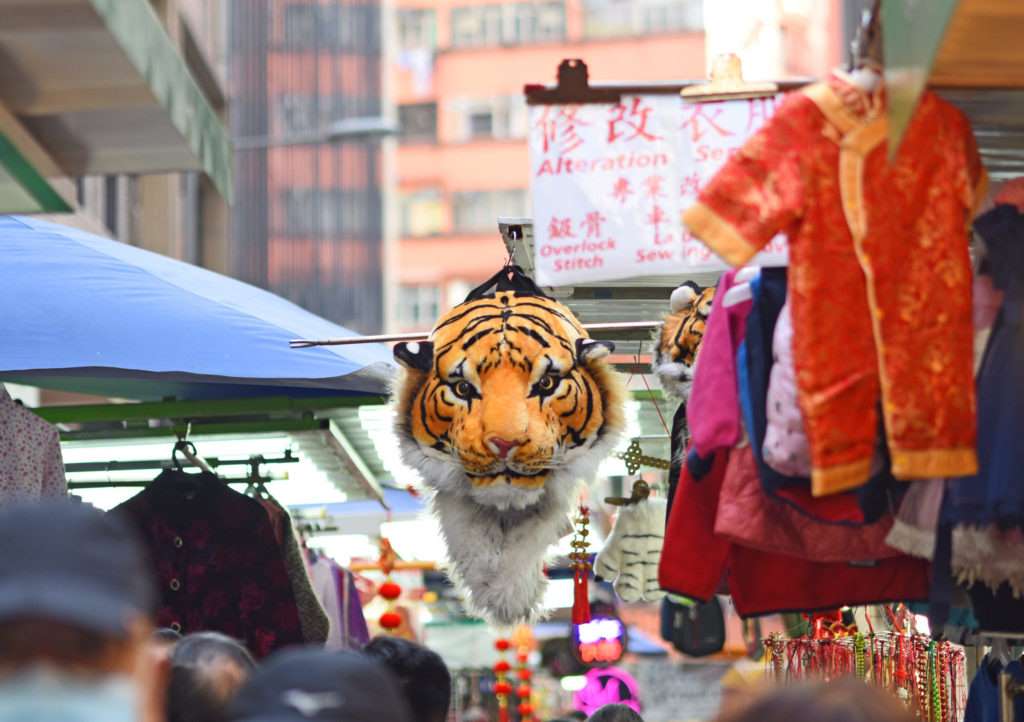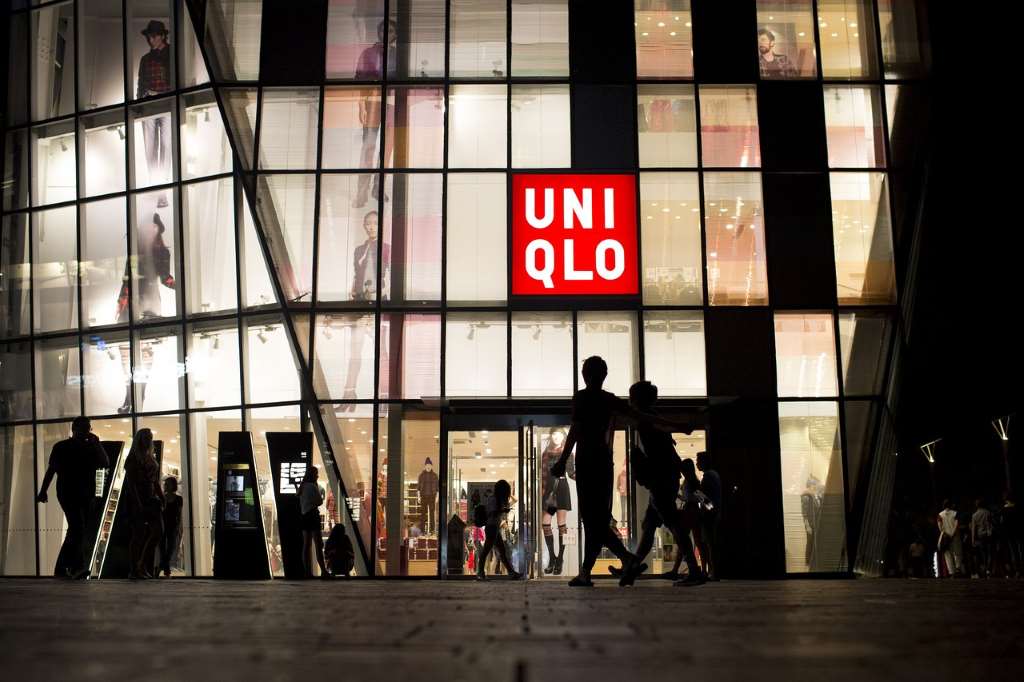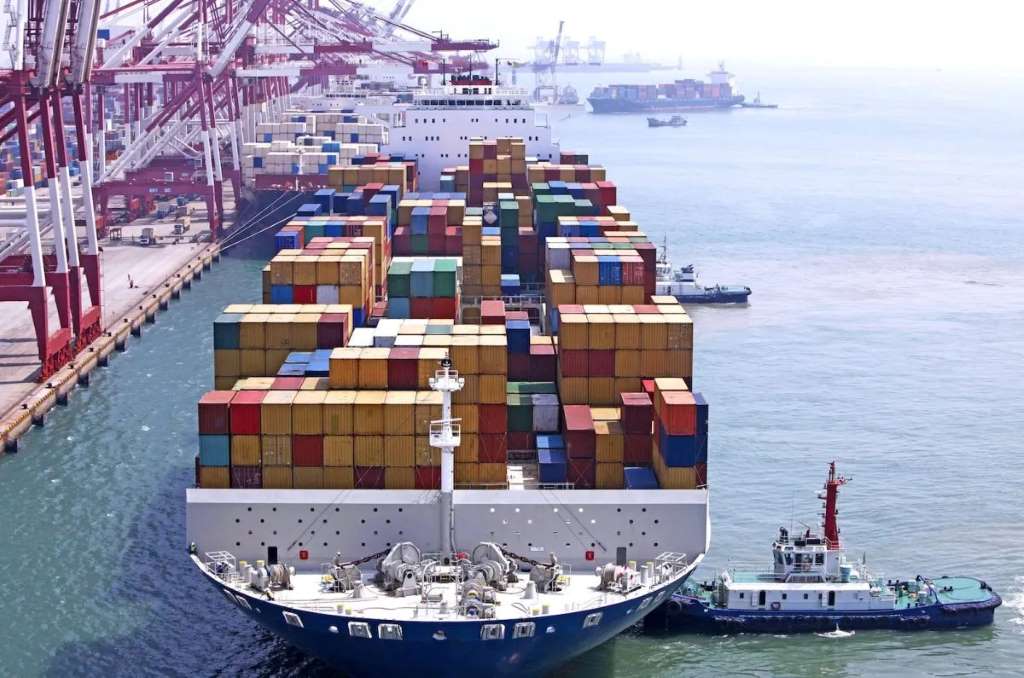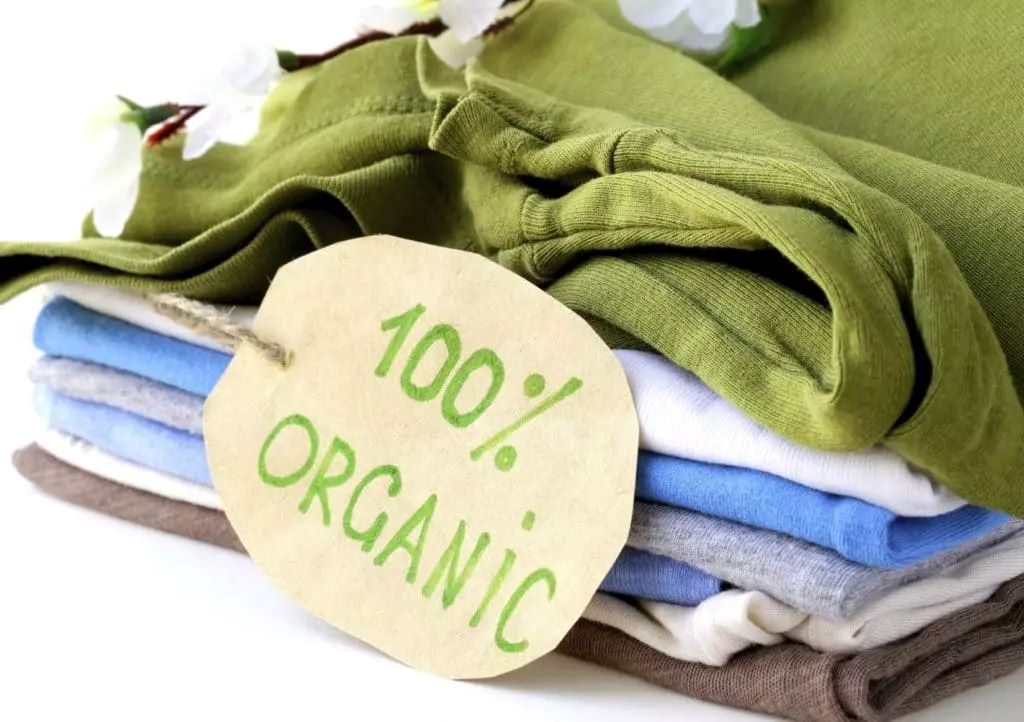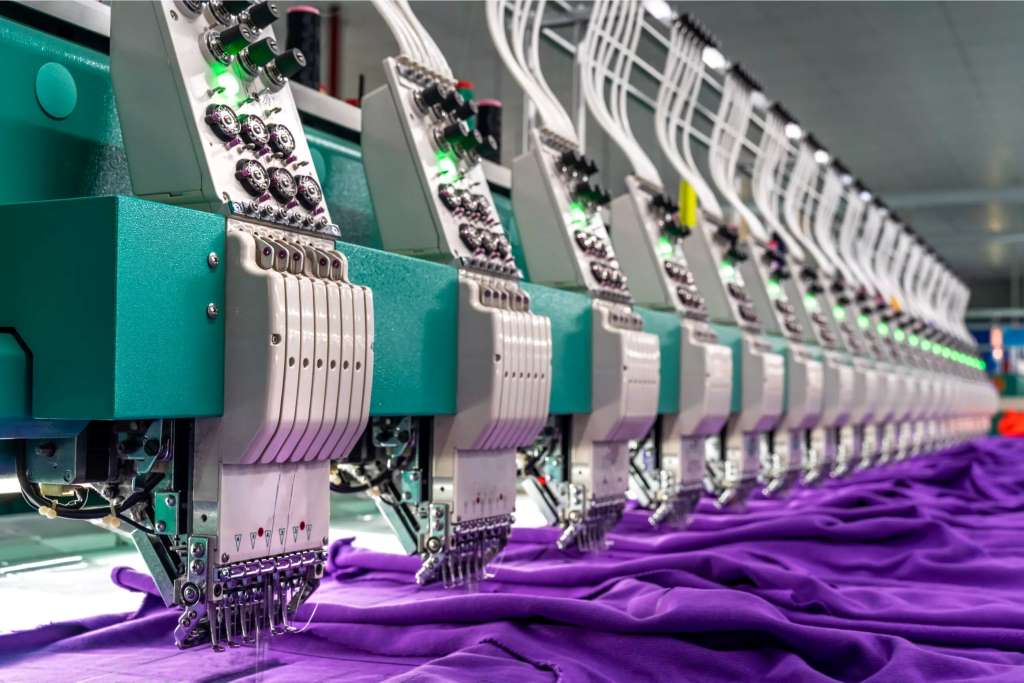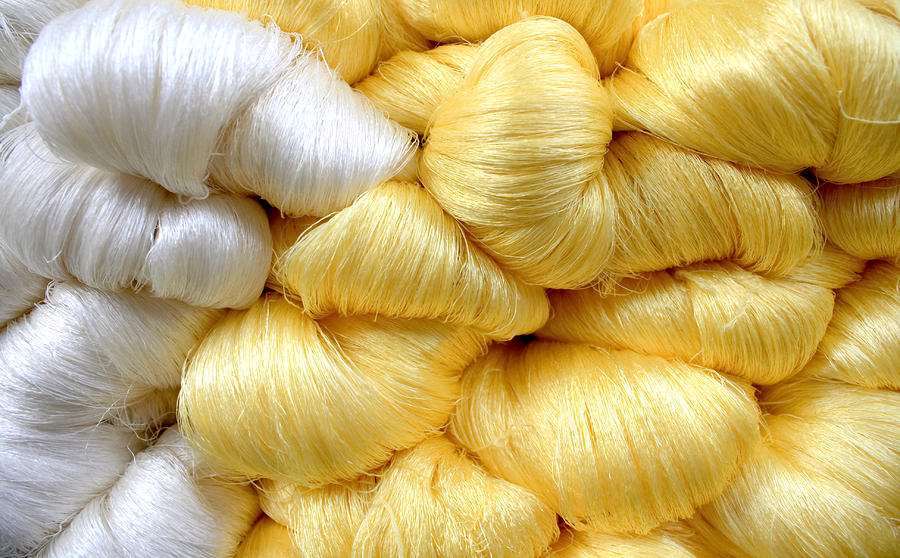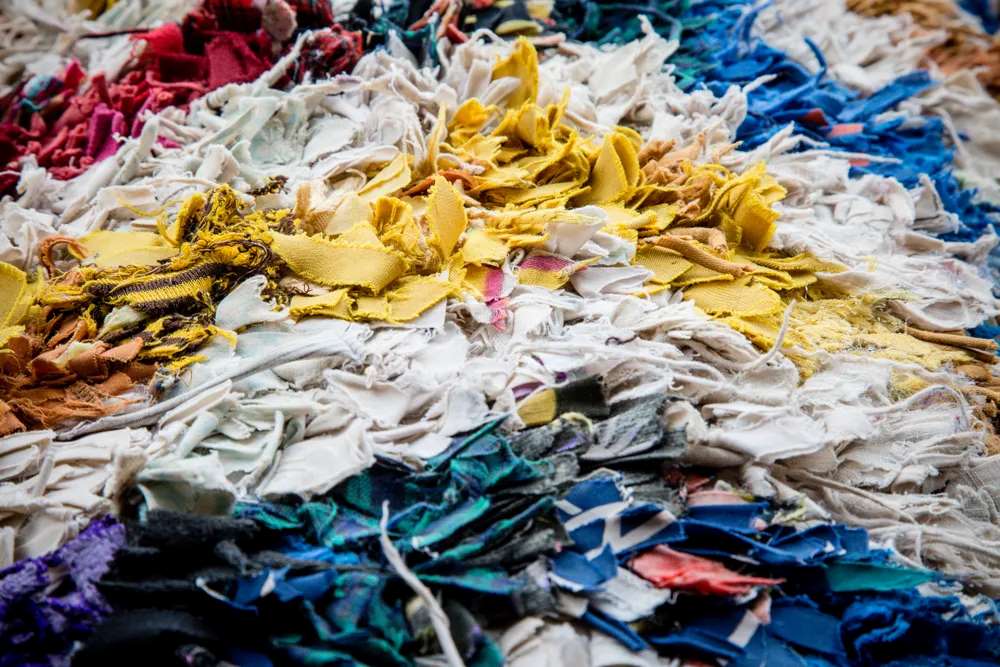Luxury houses, retailers and brands don’t seem to be bothered about viscose’s impact on the environment. Viscose is currently the third most commonly used textile fiber in the world. Like all cellulosic fibers, it starts off life as wood, which can hail from ancient and endangered forests. With demand for dissolving pulp projected to increase by 122 per cent in the next 40 years, the viscose industry is a growing threat to vulnerable habitats around the world.
The production of viscose employs chemicals to break down the cellulose. Factories supplying viscose to the international market have been found to be dumping untreated wastewater in lakes and rivers, ruining lives and livelihoods by destroying subsistence agriculture and exposing local populations to cancer-causing substances.
After many years of complacency from fashion brands and producers with regard to environmental impacts of viscose manufacturing, the tide is finally beginning to turn towards more responsible production methods. Lenzing and Aditya Birla, two of the world’s largest viscose producers, have committed all their sites to meeting EU Ecolabel requirements for viscose production by 2022.
Even so, more needs to be done. Manufacturers need to translate initial commitments into detailed implementation plans, concrete investments and the transparent reporting of their performance, including of complaints and grievances.
Waking up to the dangers of viscose
- 1
- 2
- 3
- 4
- 5
- 6
- 7
- 8
- 9
- 10
Asian Apparel Exports: A tale of four tigers, one lagging behind
The apparel industry in Asia presents a fascinating picture of contrasting fortunes. While Bangladesh, Vietnam, and Sri Lanka have seen... Read more
Roberto Cavalli: A legacy of bold prints and unbridled glamour
Roberto Cavalli, the iconic Italian designer who passed away on April 12, 2024, leaves behind a rich legacy. Cavalli was... Read more
Candiani & Madh unveil first regenerative cotton jeans
In a move towards sustainable fashion, Swedish denim brand Madh has partnered with Italian producer Candiani Denim to introduce the... Read more
Uniqlo trims China footprint while chasing growth
Uniqlo's story in China is one of explosive growth. Entering the market in 2002, it capitalized on the country's rising... Read more
Chinese Polyester Exports on Shaky Ground: Boom or bust for global market?
Polyester product exports from China, a major global supplier, have dipped in the first two months of 2024, raising concerns... Read more
Sustainable Stitches: Shirt industry sews a greener future with eco-fibers
The cotton shirt, a wardrobe staple for generations, is facing a new challenge: man-made fibers (MMF). This shift in the... Read more
FY25 outlook brightens for Indian textiles sector: Systematix
In a recent panel discussion organized by Crisil, titled 'Upstream textiles sector: Threads of promise', industry experts provided insights into... Read more
Bangladesh poised for growth in Man-Made Fiber garments: PwC study
A new study by Price Waterhouse Cooper (PwC), titled ‘From Shirts to Shores: Blueprint for Bangladesh RMG Industry’ paints a... Read more
UK fashion buyers on the hunt for new sourcing destinations
Fashion buyers are actively exploring new sourcing destinations that offer a combination of ethical production, unique materials, and cost-effectiveness. Fashion... Read more
Wazir Advisors leads global strategy for India's textile recycling
In a collaboration, Wazir Advisors, The Swedish School of Textiles - University of Boras, and the IIT, Delhi, have jointly... Read more

